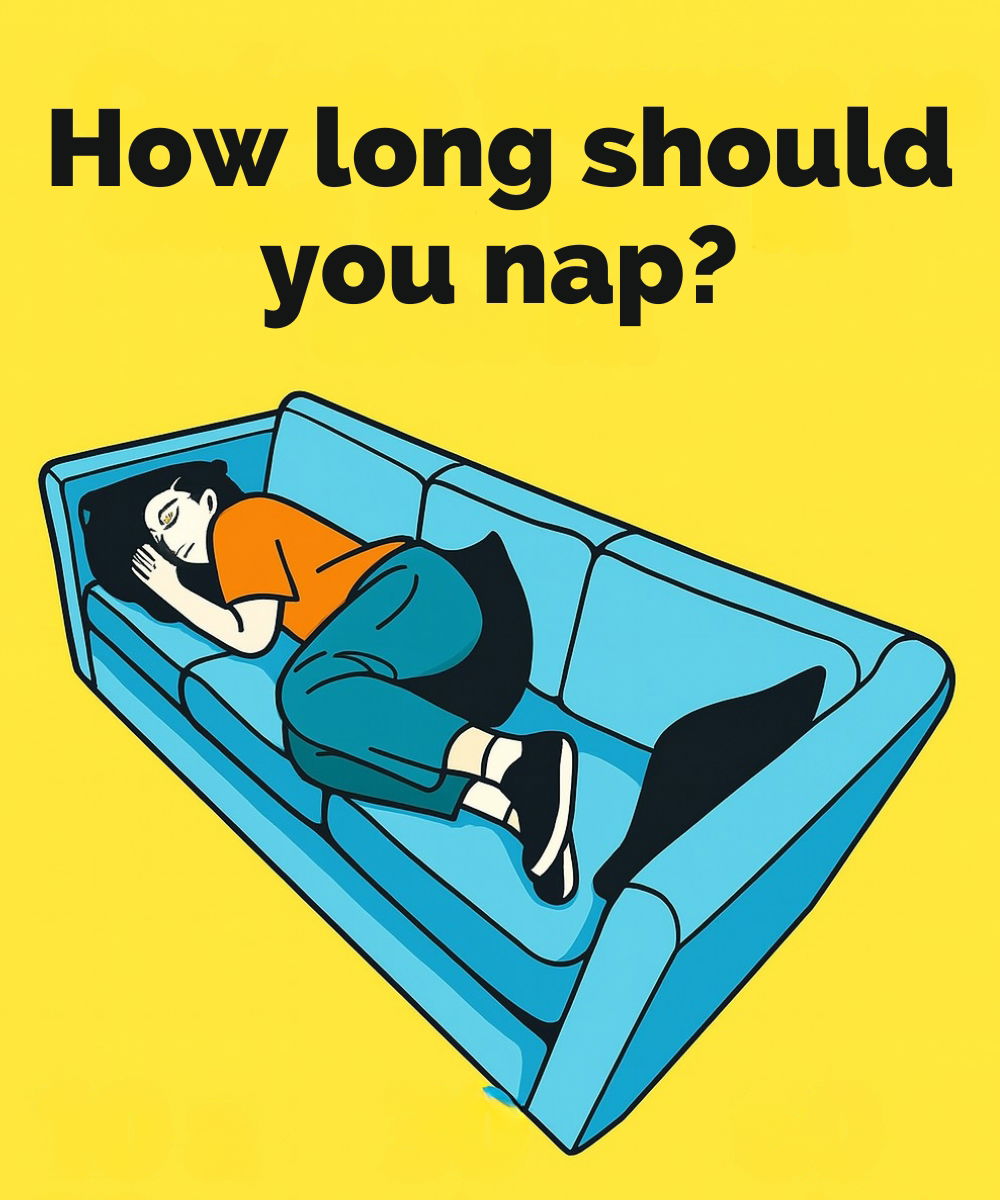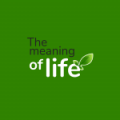
A nap isn’t just a break—it’s a science-backed tool for brain health, mental clarity, and overall performance.
Research shows that short, well-timed naps can improve memory, support cognitive function, reduce anxiety, and increase your ability to retain and process information.
The best part? You don’t need to nap for hours. Just 20 to 30 minutes a day can refresh your mind and body, offering many of the benefits of a full night’s rest. Here’s how to harness the power of napping effectively.
1. Short naps boost memory and learning

A quick nap can strengthen your memory and help you absorb new knowledge. When you sleep, especially during the lighter stages, your brain processes what you’ve learned, sorts it, and stores it.
This makes it easier to access and apply later. Think of it as your brain backing up important files.
Because of these benefits, many modern workplaces now offer nap pods or relaxation rooms, recognizing the connection between rest and productivity.
2. Naps reduce stress and improve mood
Taking a nap during the day helps lower cortisol, the hormone responsible for stress. This reduction leaves you feeling calmer, less reactive, and better able to handle challenges.
Naps can also ease mental fatigue and mild anxiety, and they’re even used in some therapy approaches as part of self-care routines.
Stepping away from work or daily pressures for even 20 minutes can give your mind the break it needs to reset emotionally and physically.
3. A natural energy boost—no caffeine required

Rather than turning to coffee or energy drinks, a short nap can offer a natural energy surge. Napping improves focus, reaction time, and mental clarity—without the side effects of stimulants.
This quick recharge can improve your performance throughout the afternoon. If you work from home or have flexible hours, a 20-minute post-lunch nap might be the most productive part of your day.
4. Napping encourages creativity and problem-solving
When your brain takes a break, it enters a “reset” mode where fresh ideas can surface. This downtime often helps connect unrelated ideas, leading to breakthroughs in creative thinking.
That’s why many professionals in fields like design, writing, and tech use naps to solve problems or find inspiration. Even a brief rest period can trigger new ways of thinking and increase innovation.
5. Timing and duration matter

To get the most benefit without feeling groggy, keep your nap between 10 and 30 minutes. Ten to twenty minutes is ideal for a quick refresh.
Thirty minutes can help memory but might leave you briefly disoriented. Naps longer than an hour may lead to deep sleep, which is restorative but can interfere with nighttime rest.
The ideal time to nap is between 1:00 and 3:00 p.m., when your body naturally experiences a dip in alertness after lunch.
6. Who should nap? Everyone can benefit
Children and teens need naps for development, mood regulation, and memory. Working adults benefit from improved decision-making and reduced stress.
Older adults find that naps help maintain energy and may even reduce the risk of cognitive decline.
Athletes also rely on naps to improve reaction time, coordination, and recovery.
7. Build a nap-friendly routine

Set a consistent time, ideally early afternoon. Use an eye mask or dim the lights, eliminate noise or distractions, and set a timer for 20–30 minutes.
Rest in a comfortable chair or lie down slightly. Optional calming music can help you relax quickly.
8. Dismissing common myths
Napping isn’t lazy—it’s smart. It doesn’t ruin nighttime sleep if done early and kept short. And adults absolutely do benefit.
Napping supports your mental and physical well-being, reduces chronic fatigue, and even lowers anxiety.
Conclusion
A short nap can transform your day. It’s a small habit with a big payoff—one that enhances memory, reduces stress, and boosts creativity.
Give yourself 20 minutes to recharge, and you’ll feel the difference in both mind and body.















